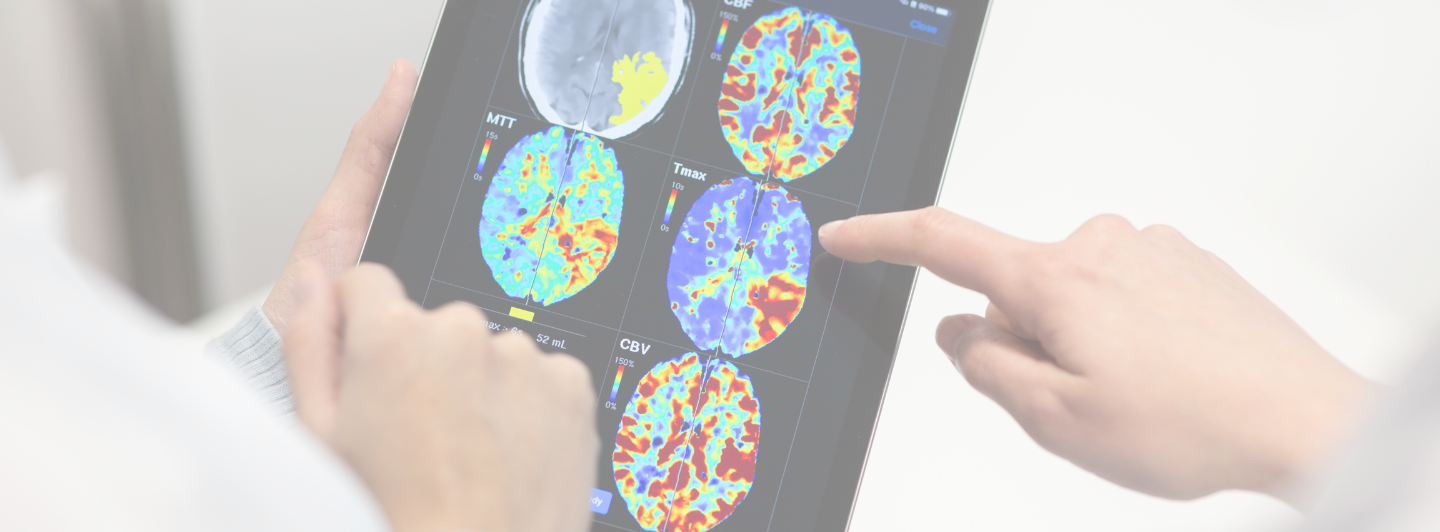The digital revolution in healthcare, sparked by the advent of digital health technologies, is reshaping the landscape of medical care, offering unparalleled prospects for enhancing patient care, streamlining operational processes, and elevating overall health outcomes. Yet, the journey toward a universally accessible digital healthcare ecosystem reveals a stark digital divide—a chasm that separates those who can readily access and utilize these technological advancements from those who remain on the fringes. This divide extends beyond mere access to technology; it encompasses the proficiency to effectively engage with these digital tools, further amplifying existing health disparities among diverse populations. This discourse delves into the intricacies of the digital divide in healthcare technology access and proffers strategies aimed at bridging this gap, ensuring that the digital healthcare future is inclusive.
Understanding the Digital Divide in Healthcare
The digital divide in healthcare delineates the disparity between individuals equipped with access to digital health technologies and the requisite skills for their efficient use, and those lacking in these areas. Rooted in factors such as socioeconomic status, geographic locale, age, and education, this divide significantly influences patient outcomes, care accessibility, and healthcare delivery efficiency (Giebel, 2013).
Root Causes of the Divide
Socioeconomic imbalances significantly fuel the digital divide. Those in lower socioeconomic brackets frequently face hurdles in accessing the vital technology and broadband connectivity crucial for telehealth services and digital health platforms. Geographic disparities exacerbate this divide, with rural and remote areas often encountering limited access to both high-speed internet and healthcare facilities. Furthermore, age-related variances contribute to this gap, as older adults may struggle with embracing new technologies due to limited digital literacy.
Bridging Strategies
Tackling the digital divide demands a holistic strategy focusing on enhancing access, bolstering education, and ensuring usability. Expanding broadband connectivity in underserved regions can dramatically boost access, facilitating the use of telehealth services and digital health tools. Tailored educational programs aimed at fostering digital literacy across demographics can empower individuals to navigate and benefit from digital health resources effectively. Additionally, crafting technologies that are intuitive and accessible for diverse user groups, including older adults and those with limited tech expertise, is pivotal for broadening digital health accessibility.
Catalyzing Change Through Public-Private Partnerships
Fostering collaborations between the public and private sectors is vital for advancing the mission to mitigate the digital divide. Public-private partnerships (PPPs) harness collective resources, expertise, and innovative capacities to devise and implement digital health solutions tailored to the unique needs of marginalized communities. These partnerships serve as a conduit for launching infrastructure endeavors, educational initiatives, and technology development projects aimed at confronting the digital divide head-on (Kataria & Ravindran, 2018).
Nicolab’s StrokeViewer: A Vanguard in Digital Healthcare Equality
Amid the quest to close the digital divide, Nicolab emerges as a pioneering force with its StrokeViewer platform, embodying the integration of cloud-based and mobile technologies to democratize stroke care. By offering a cloud-native solution that facilitates real-time access to critical patient data and diagnostics, Nicolab ensures that top-tier stroke care transcends geographical and socioeconomic barriers, embodying the true spirit of digital healthcare equity.
As digital health technologies continue to evolve, embodying the promise of a more inclusive healthcare future, Nicolab remains steadfast in its commitment to leveraging these advancements to make stroke care universally accessible and efficient.
Inspired by the transformative power of cloud-based and mobile technologies in reshaping stroke care? Discover the groundbreaking potential of Nicolab’s StrokeViewer. Schedule a demo today and join us in bridging the digital divide, ensuring critical care is within everyone’s reach, regardless of the obstacles.
Looking Ahead: Simplifying Stroke Care
In our continuous journey through the landscape of digital health innovations, how do we ensure that these technologies not only bridge the digital divide but also enhance the user experience for clinicians?
Our upcoming exploration, “User Interface and Experience: Simplifying Stroke Care for Clinicians” promises a deep dive into how intuitive design and user-centric digital tools are streamlining stroke care, making it more accessible and effective for healthcare providers. Read on as we uncover the pivotal role of user experience in the evolution of stroke care technologies, ensuring that advancements are as practical as they are revolutionary.

